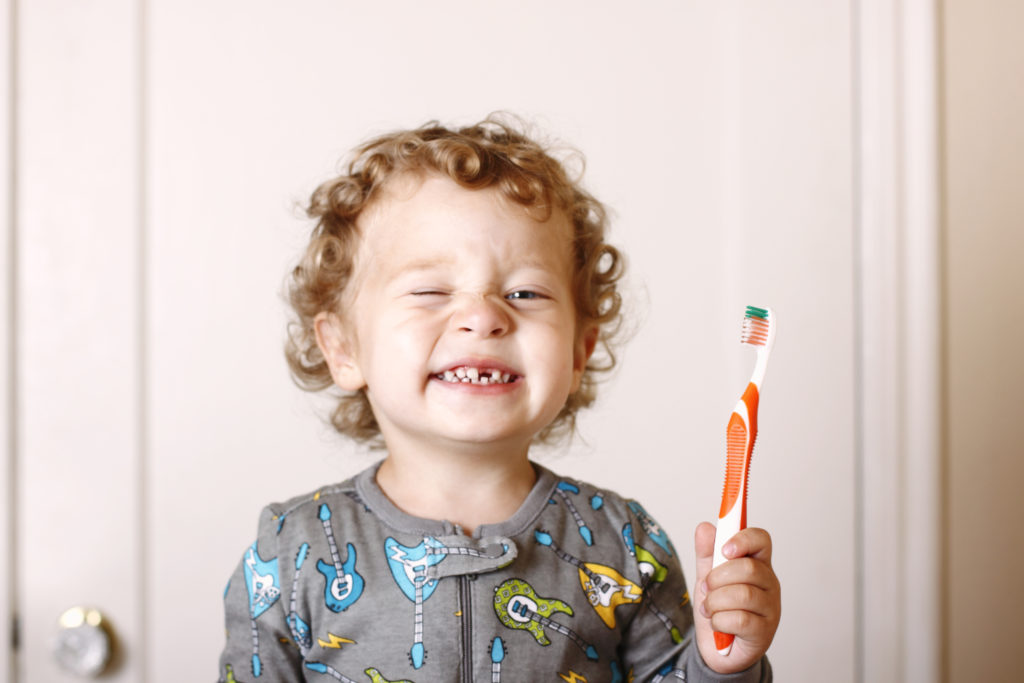
Online education during the pandemic certainly made school preparation much easier – all kids had to do is get out of bed and maybe grab a quick breakfast treat before turning on the computer. But that also caused a break in healthy habits for many children.
“The typical routine of wake-up, brush teeth, and go to school no longer existed and proper home care and oral hygiene suffered,” says Dr. Brian Rosenblatt, DMD, of Westgate Dental Care. “Also, many parents felt the risks of bringing their kids in to the dentist for routine check-ups and care were too great during the pandemic. Issues that might have been discovered earlier got delayed and the issues worsened with time.”
About 40% of parents surveyed in the 2021 C.S. Mott Children’s Hospital National Poll on Children’s Health said they had not tried to get preventative dental care for their child since the start of the pandemic, even though most (67%) said they thought it was safe to get dental care.
With school just around the corner, now is an ideal time for children to get their teeth cleaned and examined, especially if they haven’t visited a dentist in a while.
“Dental exams are crucial in the early detection of dental problems such as cavities,” Rosenblatt said. “For dental problems and with any other disease in general the earlier you detect the problem the better the long-term outcome is.”
It’s best to have your child visit a dentist twice a year, which is a recommendation by the American Association of Pediatric Dentists (AAPD).
The earlier the cavity is found, the better it is for the long-term outcome of the child and the tooth, Rosenblatt says. “Especially with kids in the mixed dentition stage of development (age 6-13), their mouth is going to look very different over the course of six months. Having a dental exam can save the patient a whole lot of issues down the road.”
Children will get fluoride treatments at the cleanings, which can help strengthen the teeth and make them much more resistant to cavities. Some might want their children to get sealants placed into the groove of their teeth, which can greatly reduce the chances of getting a cavity.
While at home, kids ought to brush their teeth twice per day with toothpaste that contains fluoride, floss at least once per day and eat tooth-friendly foods such as nuts, cheeses, vegetables, berries and yogurt.
They should avoid sugary drinks like sports drinks, sodas, energy drinks, and fruit juices that contain added sugars, as well as sugary snacks such as cookies and candy. Moderation is key, Rosenblatt says, to limit any tooth damage.
Children should be used to the dentist office by the time they get to school age. The AAPD recommends children make their first dental visit by age 1 or within six months after they get their first tooth.
“The first dental visits for young children are more so designed to familiarize them with the dental office so that it is not a scary place for them,” Rosenblatt says. “It also gives parents a great opportunity to ask questions and allows the dental health professionals to give advice and guidance to the parents regarding their children’s dental health.”
Getting children to the dentist as early as possible and for twice-per-year visits can prevent many oral health problems, including the possibility that cavities might grow larger and turn into abscesses. Dentists can also address problems with biting and tooth alignment more effectively when the patient is younger.
“The longer those issues persist for the harder they are to fix,” Rosenblatt says. “They also become much more expensive to fix if left untreated for a long time and can get the point where they are no longer correctable without invasive surgery.”
If you’re looking for an ideal dental home, it’s often more convenient to pick one where the entire family can be treated.
“Family members can be seen at the same time,” Rosenblatt says. “The whole office staff gets to know the whole family and the family gets to know everyone at the office.”
